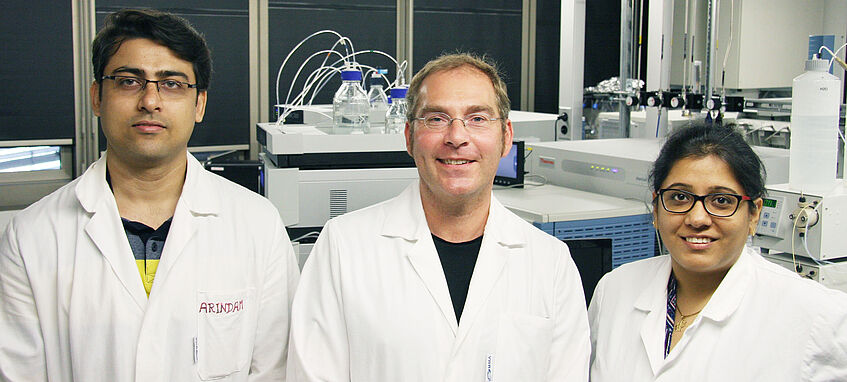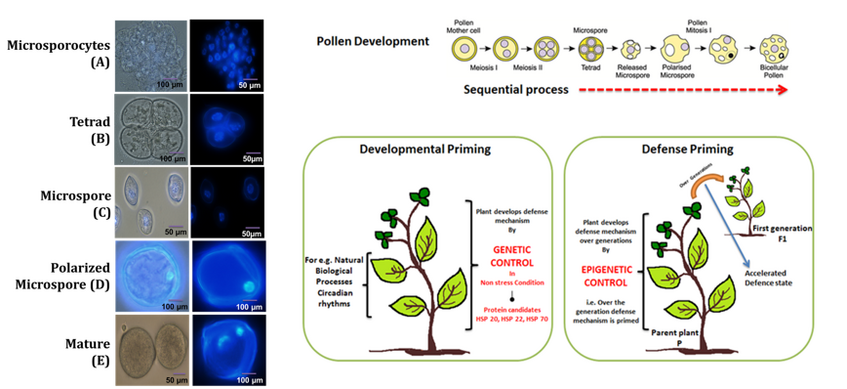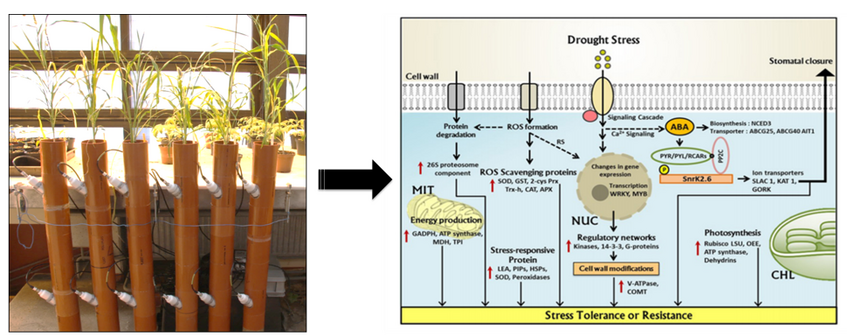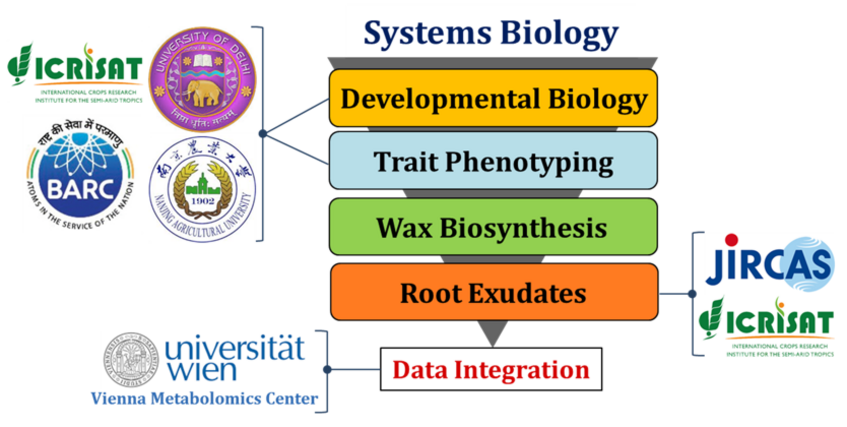Crop productivity is threatened by adverse environmental conditions which is further aggravated by global climate change. By 2050 the global population is expected to reach 9 billion, 60-70% of which are living in developing and underdeveloped nations. The exponential increase of the world population and the adverse climatic conditions have a more intense impact on crop productivity and it will be very difficult to keep pace with the demand and supply of major food grains. The immediate solution to this problem lies in protecting, developing, and expanding the available germplasm against abiotic stress conditions and to develop stress tolerant varieties.
Crop in a Changing Climate Environment Group focuses on the physiological and biochemical regulation of growth and functioning of crop plants subjected to abiotic stresses including drought, heat and cold. We have given much attention to the crop vegetative and reproductive physiology under drought, heat and cold stress using high throughput profiling ‘OMICS’ approaches.




